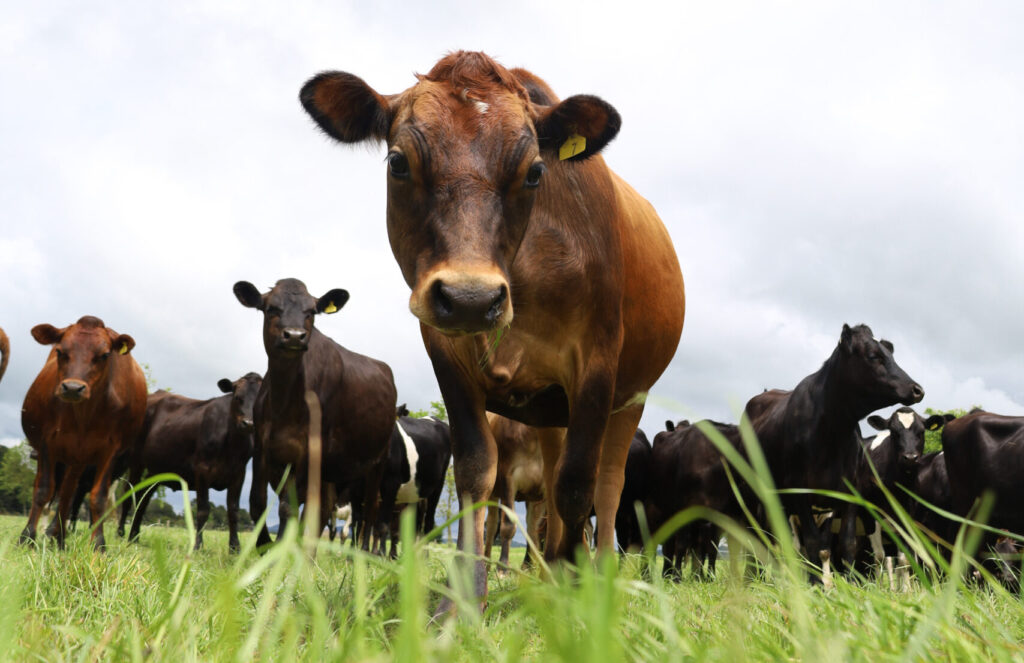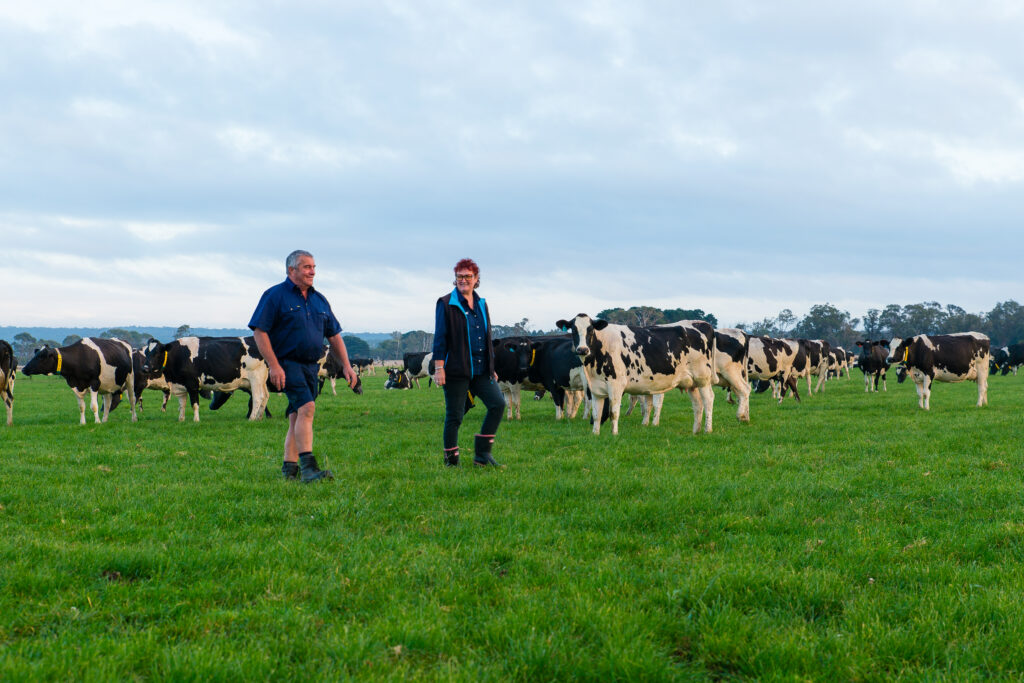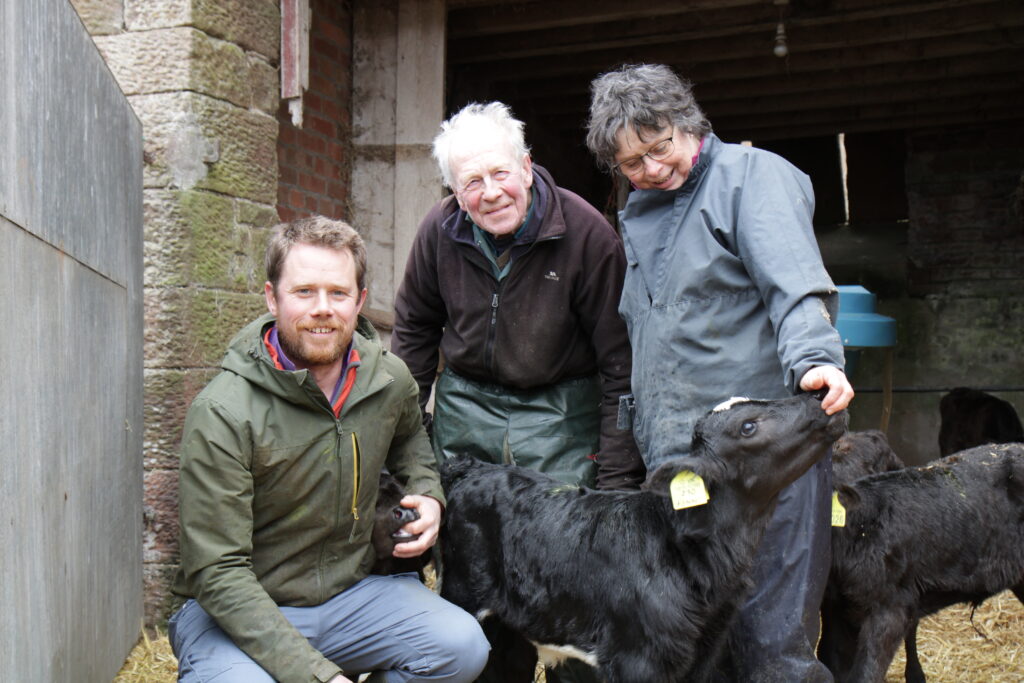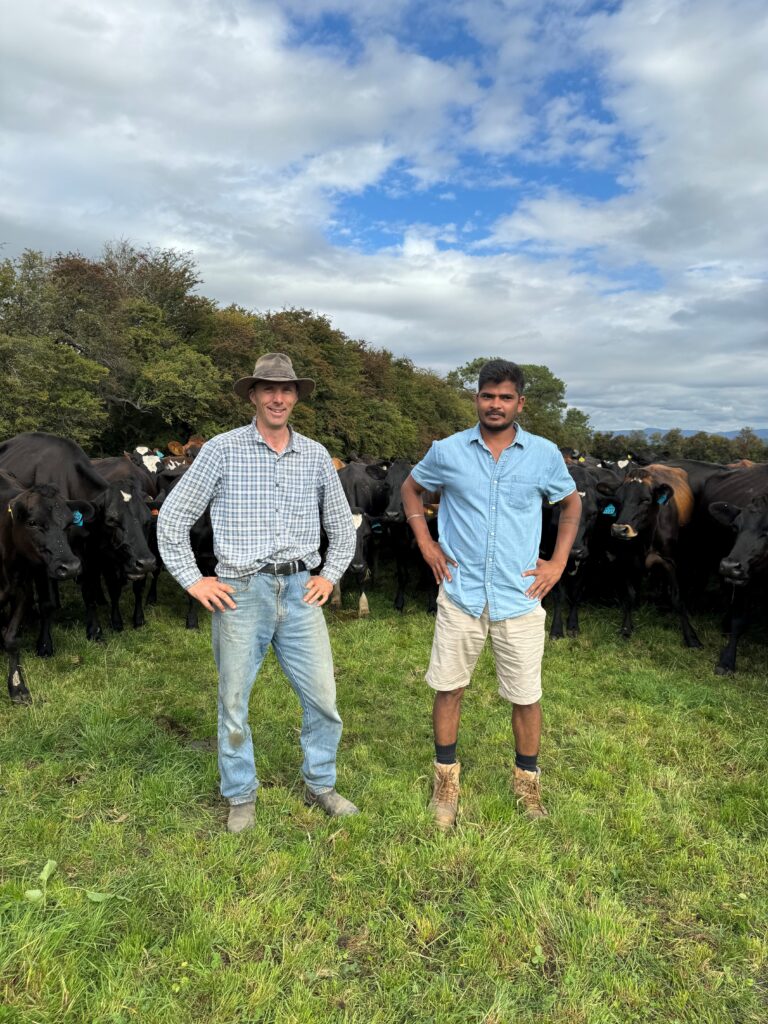LIC has invested more than $70 million over the last three decades to improve the accuracy of its animal evaluation system with improved data providing better predictions on breeding worth for our farmers.
In February 2020, LIC released its new Single Step Animal Model (SSAM) which uses animal genomic information in a more efficient way; combining ancestry, phenotypic and genomic information all in one step. This improves the efficiency of LIC’s breeding scheme, as we work to identify the bulls whose daughters will be the most profitable and efficient cows on farm.
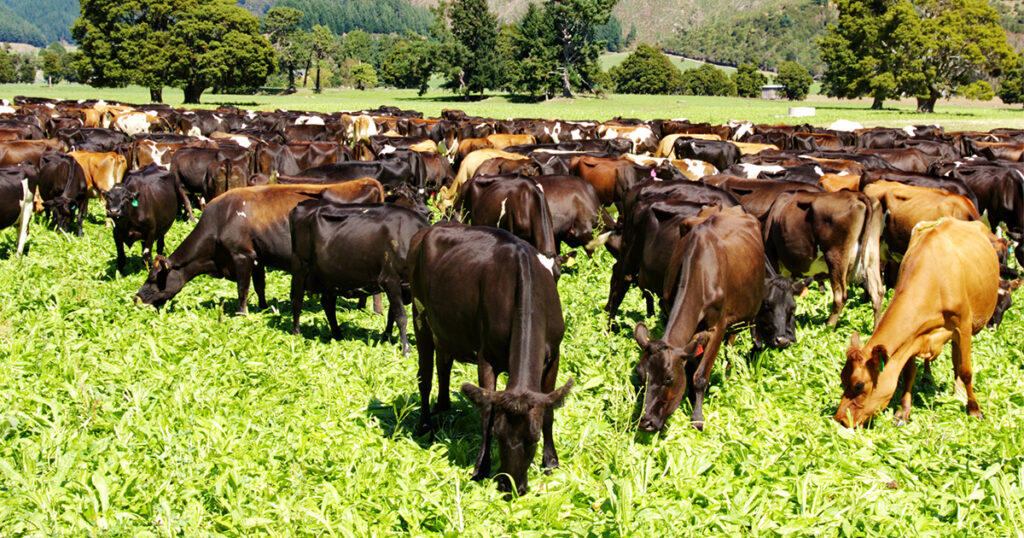
Differences are evident in NZAEL BW, which does not include genomic information, and LIC’s genetic merit outputs. LIC outputs (gBW) uses the new LIC SSAM and have a component of genomic information included for breeding values and breeding worth, which will remain throughout the lifetime of an animal, including that of daughter proven bulls.
Rachel Bloxham, LIC’s Herd Improvement Technical Manager says, “The more cows that get genotyped, the more information we have, and the more accurate our predictions will become to ensure we continue to support breeding profitable and efficient cows that will convert feed into profit for dairy farmers now and for the future. The new model is perhaps the greatest step forward in animal evaluations since Breeding Worth was introduced in 1996 – it’s an exciting development.”
FAQs about the Single-Step Animal Model:
What is the difference between the new model to the old model?
The Single-Step Animal Model analyses the complete New Zealand dairy population (approx. 30 million deceased and current, genotyped and non-genotyped animals) simultaneously, allowing the benefit of genomic data to flow through a larger proportion of the population.
Why do bulls have a different BW on LIC’s website compared to NZAEL’s?
While both evaluation systems (NZAEL 2.0 and SSAM) utilise the same ancestry and phenotypic information, the Breeding Worth and Breeding Values shown by LIC also contain genomic information whereby NZAEL’s results currently don’t.
How can an animals values be affected by genomics if the animal hasn’t been genotyped?
Ancestry and all known relationships to an animal play a critical part in any animal evaluation system. This is no different with the inclusion of genomic data. The new Single-Step Animal Model uses all information (production, TOP, genomics, pedigree) for all animals (all breeds, historical, current, genotyped, non-genotyped) at the same time (in one single step), resulting in the flow of genomic information across multiple generations, up and down a pedigree.
How do you know the new model is better than the previous model?
Validation of the 11-code, 12-code, 13-code and 14-code cohorts of LIC’s Sire Proving Scheme – animals which now have daughters with herd testing data – shows use of the new Single Step Animal Model has resulted in an 8% increase in genetic merit prediction accuracy (i.e. comparing genomic predictions to actual daughter proofs).
Has the gBW of bulls increased or decreased with the inclusion of genomic information?
Genomic data is just another piece of information used in the estimation of an animal’s genetic merit. The inclusion of genomics can result in an animal’s gBW moving up or down. – The outcome is more reliable estimates for all genomic bulls.
Why is LIC including genomic information in daughter proven bulls?
The inclusion of genomic information with bulls that are already daughter proven gives LIC additional information on the slow maturing traits like fertility and longevity. It also helps predict additional future production information that has not occurred.
As a bull’s daughters complete additional lactations and we gain more phenotypic data, the amount of genomic influence decreases.
For traits where the daughter phenotype is measured later in life, it takes longer for the information provided by genomics to be dominated by phenotypic data.
What is LIC marketing their bulls on?
LIC will be marketing their bulls on gBW, and will continue to select their bulls on a wide range of traits with the intention of providing dairy farmers with the best bulls to meet their individual breeding objectives.
Was the earlier genomic information inaccurate?
No – the earlier models produced positive results, and have seen this reflected in the number of LIC bulls on the RAS List.
These bulls were bred and purchased on the previous genomic models. As the science advances and our dataset of genotyped animals keeps growing, we’ll continue to make iterations to the model to improve the accuracy of genomic selection.
How does genomic data improve accuracy of prediction of the genetic merit for an animal?
A reference population of well recorded animals that have been genotyped (females and proven males) allows us to predict the impact of various SNP effects.
Genotyping provides us with information on the alleles/genes an animal has actually received from its parents and the known SNP effects can be used in its evaluation. LIC’s reference population is over 100k animals.
Genomics provides an estimate of what ‘good’ or ‘poor’ genes the animal inherited well before the animals’ own performance, or that of her progeny, can be measured. And if we don’t have lots of progeny (which is generally the case for cows), genomics helps us better understand what proportion of an animal’s performance superiority will be inherited by their offspring.
If you have other questions please contact your local LIC representative.
